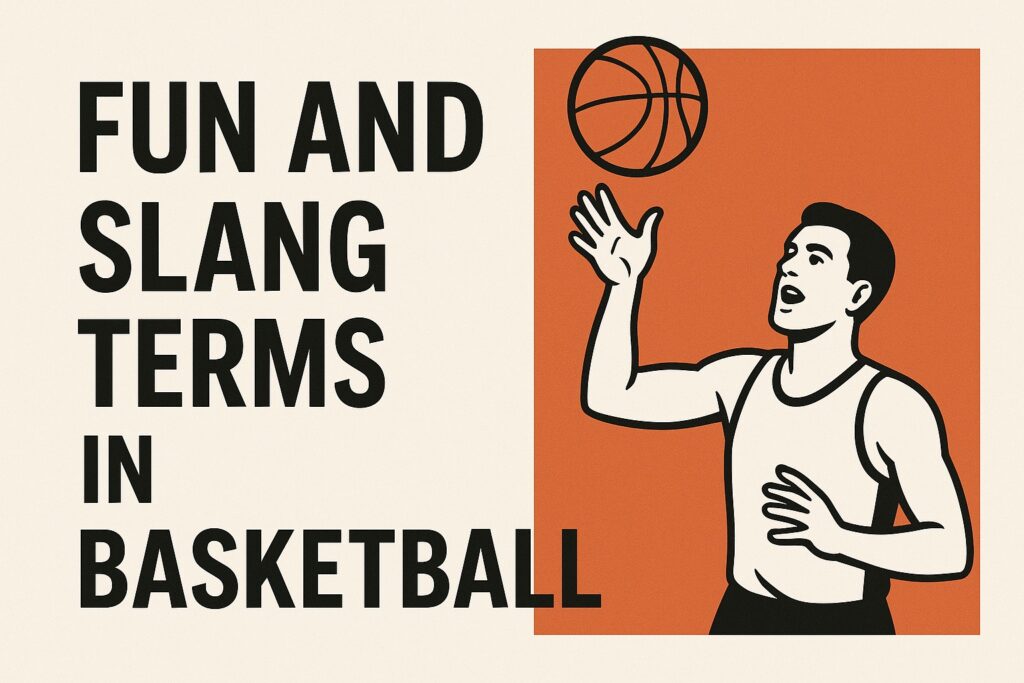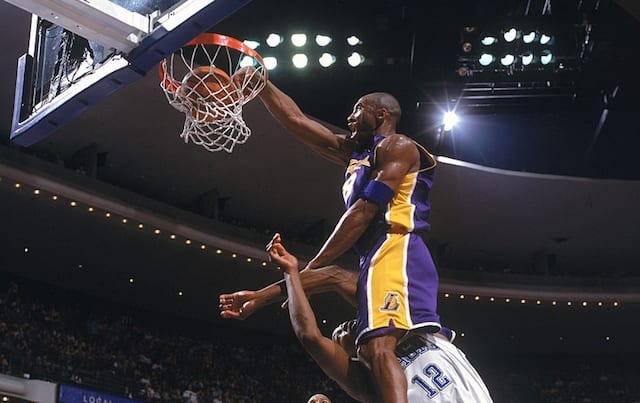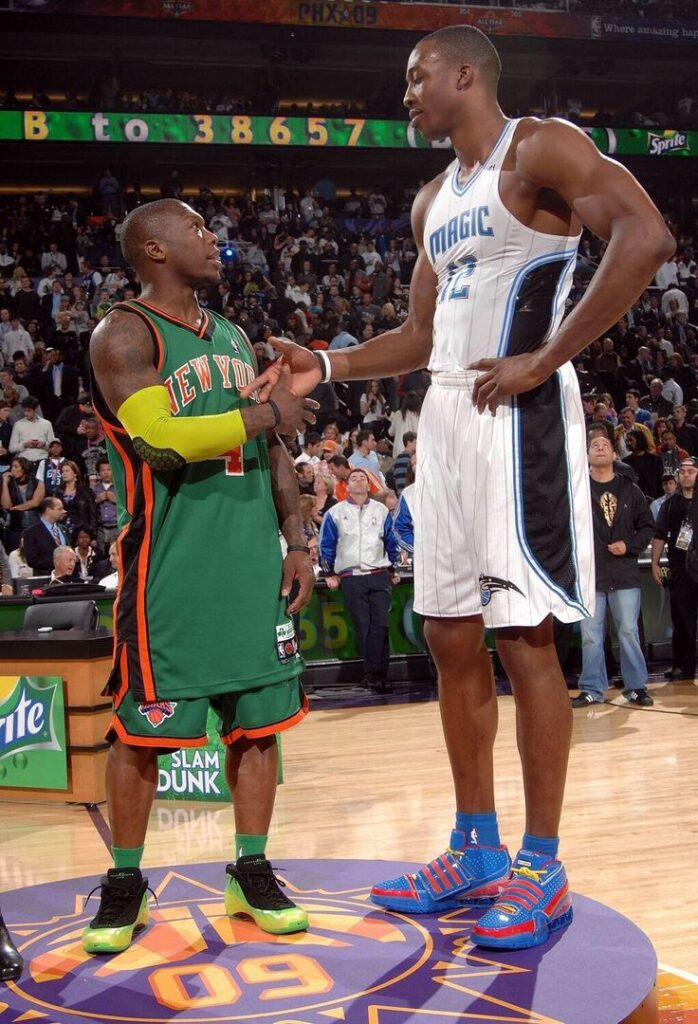
You flip channels. A basketball game is on. Players jump. The ball flies. Someone dunks. Someone scores a deep shot. It is fast. Then the announcers talk. They use words like “dime” and “brick.” You just nod. You think it makes sense. Does it?
Basketball has its own language. It has many terms. These words describe plays. They tell you about player types or strategies. You can learn these terms. You will sound like a pro fan.
Passing the Ball with Style
Some passes are better than others.
A dime is a great assist. It is a perfect pass that leads right to a score. Imagine a pass that hits a player in stride. They catch it and score easily. That is a dime. It shows a player has great court vision. Think of a perfect setup. It gives a clear shot for a teammate.
A player might “drop a dime.” This means they make a very accurate pass. It sets up a score for a teammate. It is beautiful to watch.
A no-look pass is a pass made without looking at the receiver. It surprises defenders.
An alley-oop is a high pass to a leaping player. The player catches the ball in the air. They dunk it before landing. It is an exciting play.
Scoring: Good, Bad, and Flashy
Not all shots are equal. Some are amazing. Some are terrible.
A bucket is a made shot. It is simple. The ball goes through the hoop. That is a bucket. You hear it often. “He just got an easy bucket.”
A swish means a shot went in without touching the rim or backboard. It makes a “swish” sound. People also call it “nothin’ but net.” The word splash is also used. This is because the net “splashes” upward. Steph Curry and Klay Thompson are called the Splash Brothers.
An air ball is a missed shot. It misses the rim and backboard completely. It touches only air. When this happens, opposing fans will chant “air ball, air ball.”
An “and one” happens when a player makes a shot despite a foul. They get the points from the shot. They also get one free throw. Making the free throw results in a three-point play. If the shot was a three-pointer, it becomes a four-point play.
A brick is a bad shot. The ball hits the rim or backboard hard. It does not go in. You hear this when a player misses badly. “He just threw up a brick.”
A trey is a three-point shot. It is short for “three-pointer.” Players who shoot well from far away are often called “trey” shooters. Three-pointers are also called “threes” or “triples.” Shots from behind the line are “from downtown.”
When a player “gets to the line,” they get fouled. They shoot free throws. The “line” is the free throw line. It is also called the foul line or the “charity stripe.”
To “clean the glass” means to get rebounds. The backboard is made of glass. Cleaning the glass means grabbing missed shots. A player who does this a lot helps their team. A rebound can also be called a board.
A buzzer beater is a shot made just before time runs out. It is often a game-winning shot. It can also be a shot before the end of a quarter or halftime.
A layup is a shot made by laying the ball against the backboard. It bounces into the hoop.
A slam dunk is also called a dunk, slam, jam, or stuff. Players can do reverse dunks, windmill dunks, or 360 dunks.

A bank shot is shot off the backboard. It is “banked” in instead of shot directly into the hoop.
A fadeaway is a jump shot. The player shoots it while falling away from the basket.
A floater is a shot close to the basket. It has a high arc. This helps avoid blocks. It is sometimes called a teardrop.
When Rules Get Broken
Basketball has rules. Sometimes players break them in ways that earn special names.
A tech is a technical foul. This means a player or coach gets penalized for bad behavior. It is not about hitting someone. It is for arguing with a ref too much. It is for taunting an opponent. Sometimes players get a tech for hanging on the rim too long. A technical foul gives the other team a free throw and the ball back. Two techs in one game mean you get kicked out. It is often called a T. To “T up” means a referee calls a technical foul.
A flop is when a player intentionally falls or exaggerates contact. This is done to draw a foul. Players might flail their arms.
To hack means to foul. You might hear, “Williams hacked Smith on the way to the basket.”
Foul trouble means a player or team has reached their foul limit. This means more fouls will result in free throws for the other team. This is called the bonus or penalty situation. In college, “one-and-one” means a player shoots one free throw. If they make it, they get a second. “Double bonus” means any foul results in two free throws.
A flagrant foul involves unnecessary contact. It risks injury. “Flagrant 1” is for lesser violations. “Flagrant 2” is for dangerous fouls. Flagrant 2 fouls can result in ejection.
Cherry picking is a lazy move. A player “cherry picks” when they do not play defense. They just hang out near the opponent’s basket. They wait for their team to get the ball back. Then they run for an easy score. It gets points. But coaches do not like it. It means you are not helping your team on defense.
Traveling means taking too many steps. This happens before a dribble or after picking up the dribble. This is called a travel or a walk.
A double dribble is a violation. The ball is dribbled. Then it is touched with two hands. Then it is dribbled again.
A three-second violation means an offensive player stays in the paint for more than three seconds. This area is the rectangular area under the basket. It is often called the lane.
A backcourt violation means the ball or an offensive player with the ball crosses the half-court line. Then it goes back into their own half.
Tough Drills and Game Strategies
Basketball players do tough drills. Teams also use special ways to play.
A suicide is a conditioning drill. Players run from one line to another. They touch each line. Then they run back to the start. It is a sprint. It gets its name because it is very tiring. Coaches use it to make players faster and stronger.
Knockout is a shooting game. Players line up at the free-throw line. One player shoots. If they make it, the next player shoots. If they miss, they must get their rebound and score before the player behind them does. If the player behind them scores first, the first player is “knocked out.” It is a fun way to practice shooting under pressure.
A 2 for 1 is a late-game strategy. A team tries to score quickly. This leaves enough time for them to get the ball back. Then they can score one more time before the shot clock runs out. This gives them two shots in one possession. Teams often use this at the end of a quarter or game. It maximizes scoring chances.
Small ball is a team strategy. A team uses smaller players. These players are often faster. They can shoot more three-pointers. They might give up size inside. But they gain speed and shooting range. It can be hard to guard. The Golden State Warriors used small ball to win championships.
A fast break is a quick attack. A team gets the ball. Then they race down the court. They try to score before the other team sets up its defense. It is exciting to watch. When a team moves fast to offense, they are “in transition.”
A pick is when an offensive player blocks a defender. This stops the defender from guarding the ball handler or another player.
A pick-and-roll is an offensive move. One player sets a pick. Then they roll toward the basket. They receive a pass from the player for whom the pick was set.
A backdoor play is a strategy. A player cuts behind a defender. They go toward the basket. They catch a pass. Then they usually shoot quickly. Cutting this way is called “going backdoor.”
Man-to-man defense means each defender guards a specific offensive player. It is also called man defense or just man.
Zone defense means each defender guards an area of the court. It is also called zone.
A full-court press means defenders pressure the ball handler across the whole court.
To take a charge means a defender draws an offensive foul. They position themselves to take contact from an offensive player. This usually happens when a player drives to the basket.
The Court
The free throw line is where players stand to shoot free throws. It is also called the foul line or the “charity stripe.”
The paint is the rectangular area under the basket. It is often painted a solid color. It is also called the lane.
The low post (or block) is near the basket on either side of the paint. The high post is farther away, near the top corners of the free throw lane. These corners are called “elbows.”
The top of the key is the area around the free throw line’s half-circle. It is between that point and the three-point line.
The baseline is one of the two shorter boundary lines behind the baskets. The longer side lines are sidelines. To “go baseline” means to move along the baseline toward the basket.
The Rules and Time
A shot clock counts down time for the offense to shoot. If the ball does not hit the rim before it expires, it is a shot clock violation. This results in a turnover. The other team gets the ball. The shot clock is separate from the game clock.
The game clock tracks time left in the quarter, half, or game.
A tipoff is the jump ball that starts the game. It is between two opposing players in the center of the court.
A personal foul is a regular foul. It is for illegal contact with another player. Defensive fouls happen on defense. Offensive fouls happen on offense.
A jump ball restarts play. The referee tosses the ball in the air. Two opposing players try to hit it to a teammate. It starts the game. It also happens when two players possess the ball for several seconds.
Player Moves and Positions
An ankle-breaker is a very effective dribbling move. It causes the defender to slip or fall.
A facial is a dunk over a defender. It is right in their face. To posterize someone means to dunk over a defender spectacularly. The idea is that a photo of the dunk would go on a poster. To “catch a body” means to dunk over a defender aggressively.
A jump shot is often called a jumper or a J.
A step back is a move. The player with the ball hops backward. They land and shoot. They often move behind the three-point line.
A crossover is a dribbling move. A player quickly crosses the ball from one hand to the other. They also switch direction.
A Euro step is a multi-step motion. A dribbler picks up the ball. They step in one direction. Then they quickly step in another direction. They shift the ball to shoot. It came from European leagues.
In modern basketball, players fill many roles. Five positions are common. They are often numbered by player size.
- Center (5)
- Power Forward (4)
- Small Forward (3)
- Shooting Guard (2)
- Point Guard (1): This player handles the ball. They help run the offense. The “point” means a location on the court behind the three-point line. The point guard spends much time there.

Ball handling is moving the ball. A ball handler does this.
The backcourt refers to the two guards together. The frontcourt refers to the forwards and center.
The bench refers to all substitute players.
A sixth man or sixth woman is the main substitute. They are usually the first non-starter to enter the game.
An inbounder throws the inbound pass. This happens after a score or when the ball goes out of bounds.
Game Situations
Garbage time is the end of a game with a large score difference. The outcome is clear. Mostly bench players play during this time.
You now know more basketball slang. This helps you understand the game better. The next time you watch a game, listen for these terms. You will impress your friends. You will understand the game on a deeper level. Knowing these terms makes watching basketball more fun. It helps you follow the action and the story of the game. You will see how players “drop dimes” or “posterize” opponents. You will notice the “fast breaks” and “full-court presses.” This adds excitement to every play.

